The Acres: Where everyone in Portsmouth started out
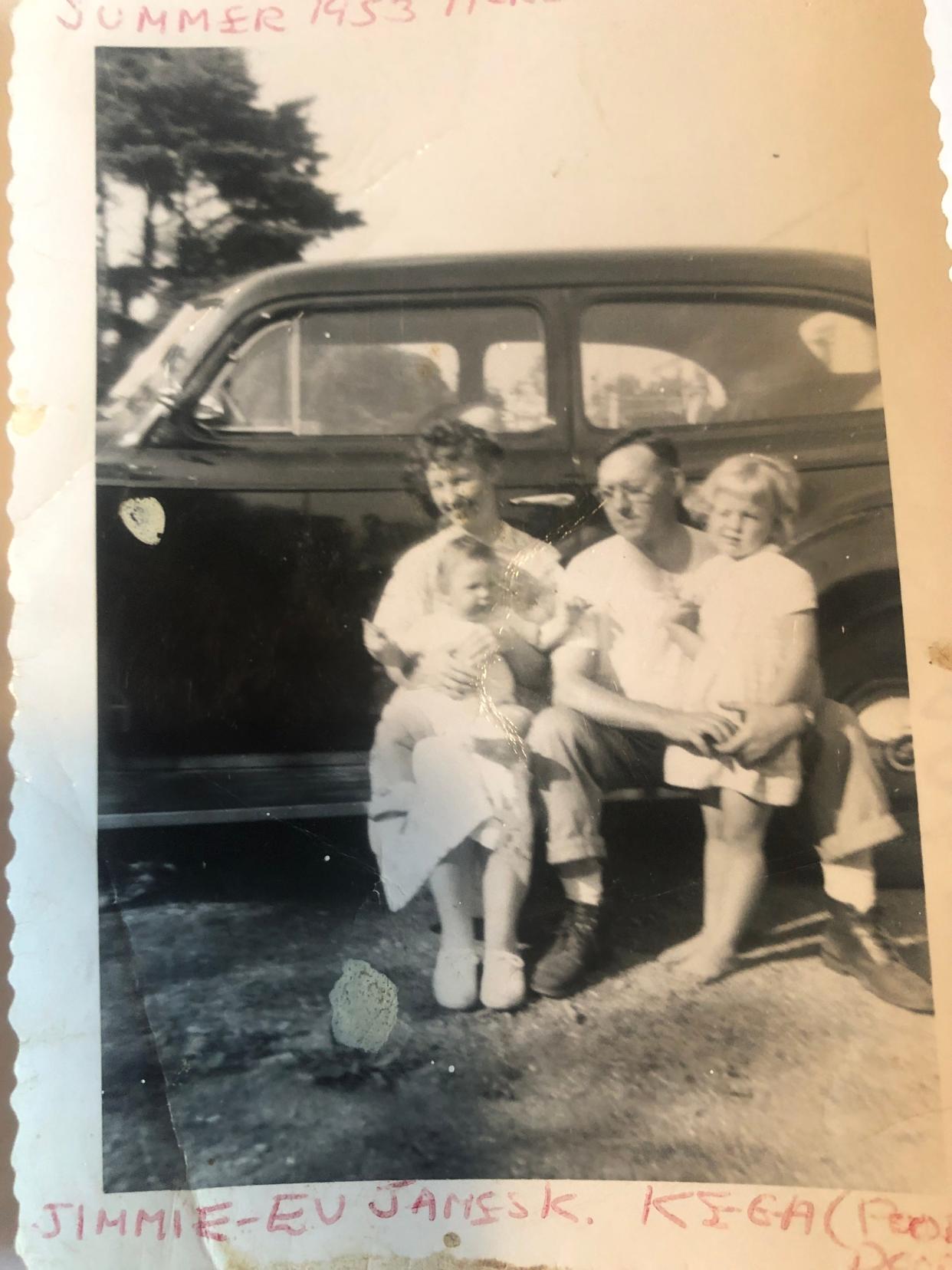
Growing up in Portsmouth's Wentworth Acres, Kendra Kersey and Gail Weeks never thought of the massive development east of Market Street as workforce housing. To them, it was home.
"We just called it the Acres," Kersey said. "That's where everyone started out."
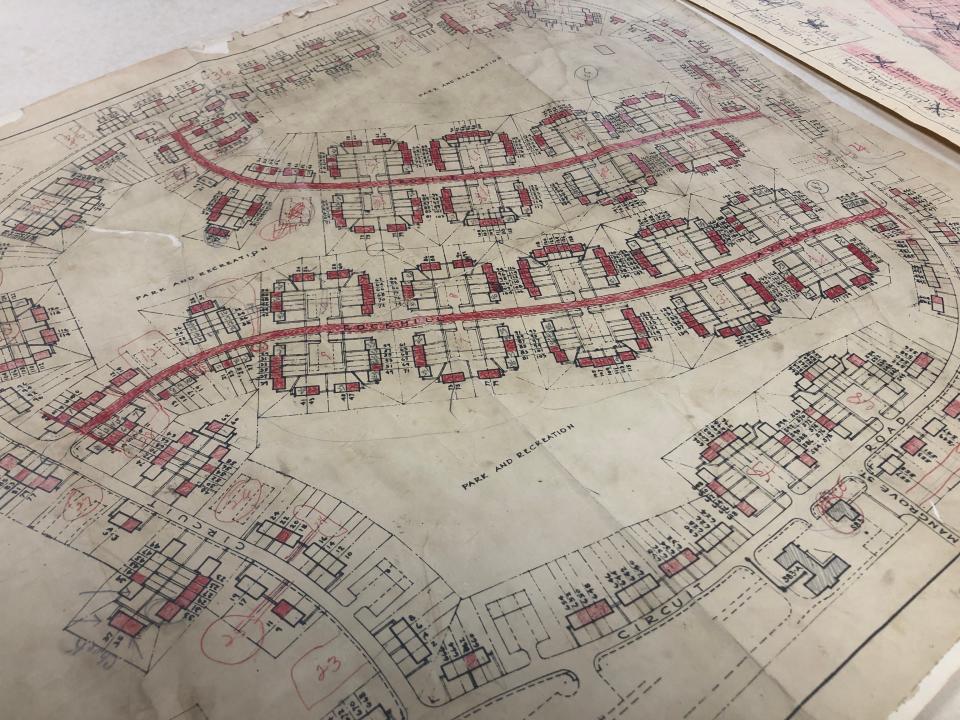
Her parents lived on Rock Hill Avenue in the mid-to-late 1940s and were there when she was born in March 1948. They moved to be with family in Maine, but returned in 1950 to a quadruplex on Circuit Road, the Acres' main loop off Woodbury Avenue.
The development would later be known as Sea Crest Village and then Mariner's Village. It is now the site of Osprey Landing and Spinnaker Point.
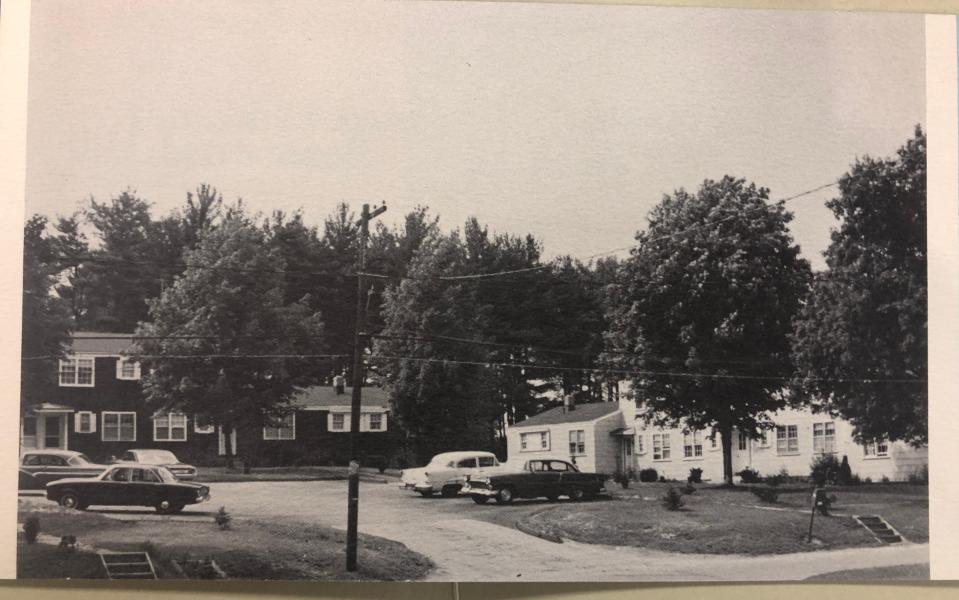
Kersey started kindergarten at the Wentworth School, which had opened in 1942 to serve the families in the 750 newly built units for war workers. The school was shuttered in the late 1980s after Pease Air Force Base was closed; the building was demolished in 2010 to make way for a city softball field.
"There was a little road behind our quadruplex," Kersey said. "It was a buffer between us and the field it abutted. Cows (from Frink Farm on Gravelly Ridge) would come to the barbed wire fence and we'd all go up and pet them. Kids didn't have much to do in those days, and we were always outside."
Gail Weeks, 84, also remembers the farm. She was about 6 when she moved to Wentworth Acres, a few years after it was built.
"We'd look at the horses at Frink Farm," she said. "We played everywhere. In the morning we'd go out to play, and we'd come home for supper. We had the whole Acres we could play in, and we did."
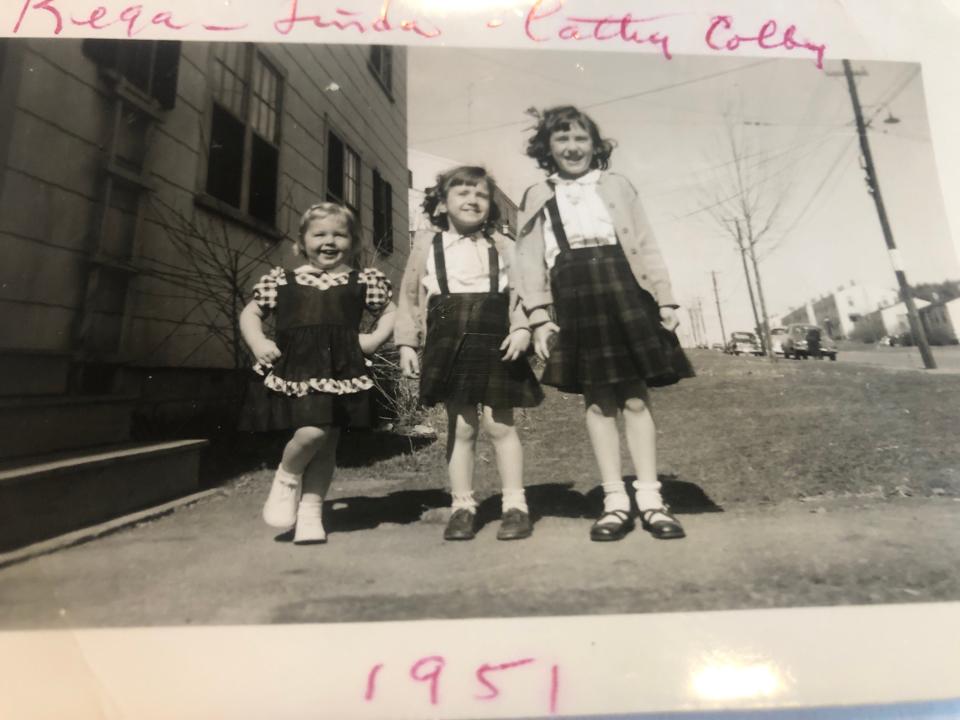
Her family moved to Portsmouth from Reading, Massachusetts, when she was about 4. Her father, Albert Wennberg, had gotten a job as a time-study manager at the Morley Button Factory. The family rented a house on Humphrey's Court, then moved to the Acres about the time Gail started first grade. Her entry into Wentworth School was delayed a month because she and her three siblings had whooping cough.
"I loved Wentworth School," she said. "Some days I could smell soup cooking, vegetable soup. It made me feel safe somehow."
Her family lived in the Acres until Weeks was in junior high. She attended Portsmouth High School when it was on Islington Street, graduating in 1957.
"When I lived in the Acres and climbed my big tree, the biggest tree in the forest, I could see that yellow building so clearly," she said of the yellow brick school that is now senior housing.
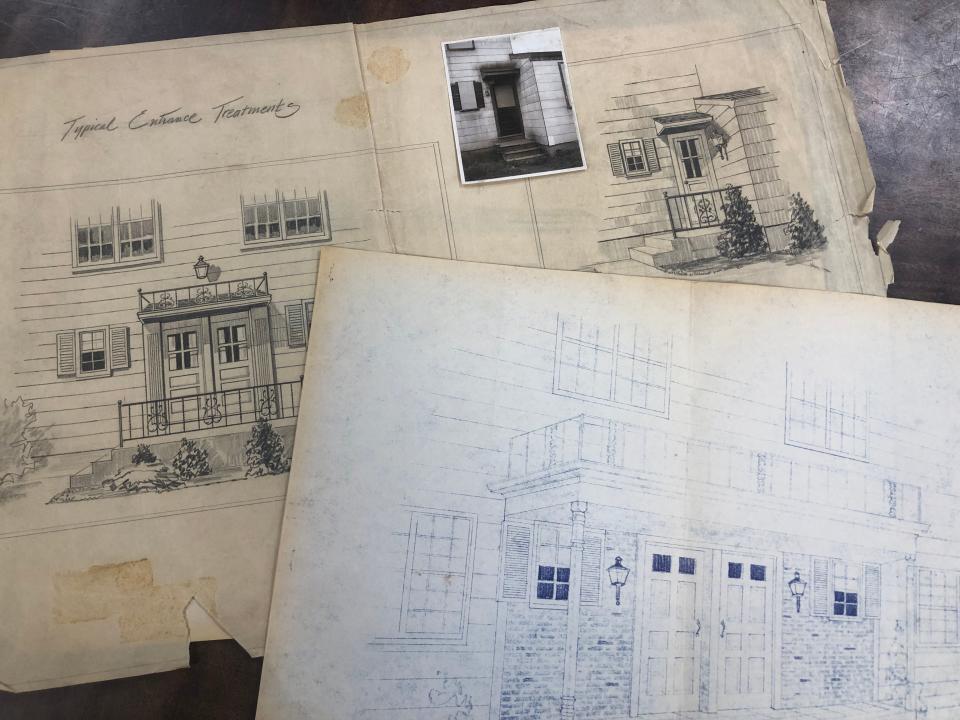
Her dad worked for the city of Portsmouth as a planning director from 1956 to 1971.
Kersey's father, James Kendall Sprague, landed a job as a sheet metal worker in 1950 at the Portsmouth Naval Shipyard, which led the family to return to the Acres.
There was a bus that ran through the complex to take Navy Yard workers across the bridge to Kittery. Atlantic Heights, built during World War I for shipyard workers, was right next door to the Acres.
Kersey said most families in the Acres did not have a car, though hers did -- a 1940 Chevy. Her mom, Evelyn Gray Sprague, did not drive at that time and relied on buses for shopping and errands.
Fortunately "there was a bus on the hour, every hour, in the Acres," Kersey said.
She remembers going into downtown Portsmouth with her mother to get groceries.
"She'd make me hang onto her skirt because she was carrying packages," Kersey recalled. "I felt so embarrassed."
Weeks' family did not have a car.
"Almost every Saturday my father took us somewhere miles away from home; we were good little walkers," she said of her two sisters and brother. "If a family had a car, they were very popular in the Acres. In the heat of the summer, kids would wait around to see if people got into a car and would ask if they'd take them for ice cream."
Kersey described the Acres as "very, very tight-knit."
"People cared about each other," she said. "It was very safe. We were all in the same boat economically ... people were respectful of one another."
The Acres gave her parents the foothold they needed to buy a home; the Spragues moved to Greenland in August 1956 as Kendra was starting third grade. She would go on to Portsmouth High School, where she met her husband-to-be, John Kersey, in English class in 1964. (Their daughter Jana, a teacher in Greenland, is named for that English teacher.)
The couple married in 1967. After serving in the Army Reserves, Kersey got a job with Public Service (now Eversource) as a meter reader. One of his territories was the Acres, which by then was in private hands and known as Sea Crest Village.
The 30-year-old apartment complex was showing its age and had gone downhill, Kersey said.
John Kersey suffered a spinal/brain injury in 1994, then developed brain cancer a decade or so later. Kendra was his caregiver for 12 years, until his death at 59 in 2006.
Writing helped get her through this experience, and in 2010, she published "The Whatever Girl," a poetic novella documenting her grief and healing, "doing whatever it takes to overcome adversity."
Weeks is also a writer, and says the Acres is where she got a lot of her material.
"We had a lot of friends there," Weeks said. "We cherished each other."
Her father went through a period of unemployment while the family lived in the complex. He began painting their apartment, including a mural in one bedroom and sponge painting in another room. Then he started filling canvases.
"I have the first one he framed, in chalk," she said of her dad, who died in 1978.
Her mother, Dorothy, "managed to make a funny, fun home for us no matter what was going on," Gail said.
Weeks' writing notebooks include the story of how her father fell in love at first sight with his wife-to-be at a Massachusetts shoe factory where the two worked.
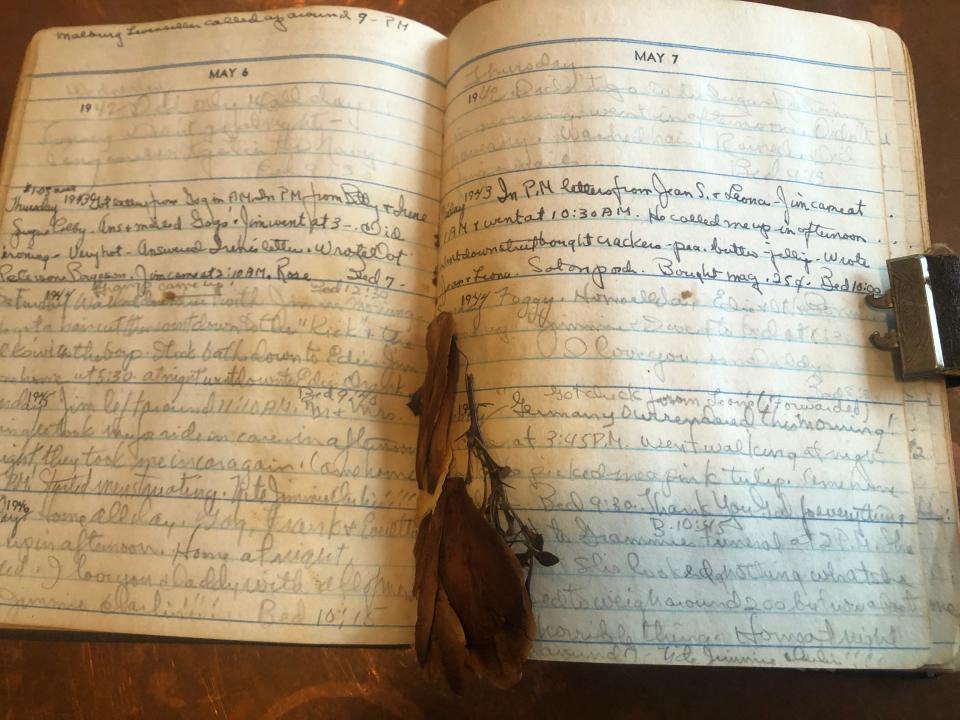
"She was surrounded by a group of women and was telling them something, perhaps a joke, that was producing gales of laughter," Weeks said of her mom.
The Wennbergs lived in the Acres for 11 years and filled their yard with vegetable and flower gardens. Weeks also remembers a "big beautiful elm" felled by a hurricane.
"My father was working for the city then. When the hurricane came he was out working. My mother and I were home ... We were standing with our arms around each other. There was a huge crash, And that was our tree. And my mother said, 'That's it, we're moving.'"
The family lived in a duplex on Livermore Street into the 1960s. Gail moved to York, Maine, after she married William James Hogan in 1958. The couple, who had three children, were married 49 years when he died in 2007. Gail and Class of 1956 Portsmouth High School classmate Arthur Weeks live in Rollinsford.
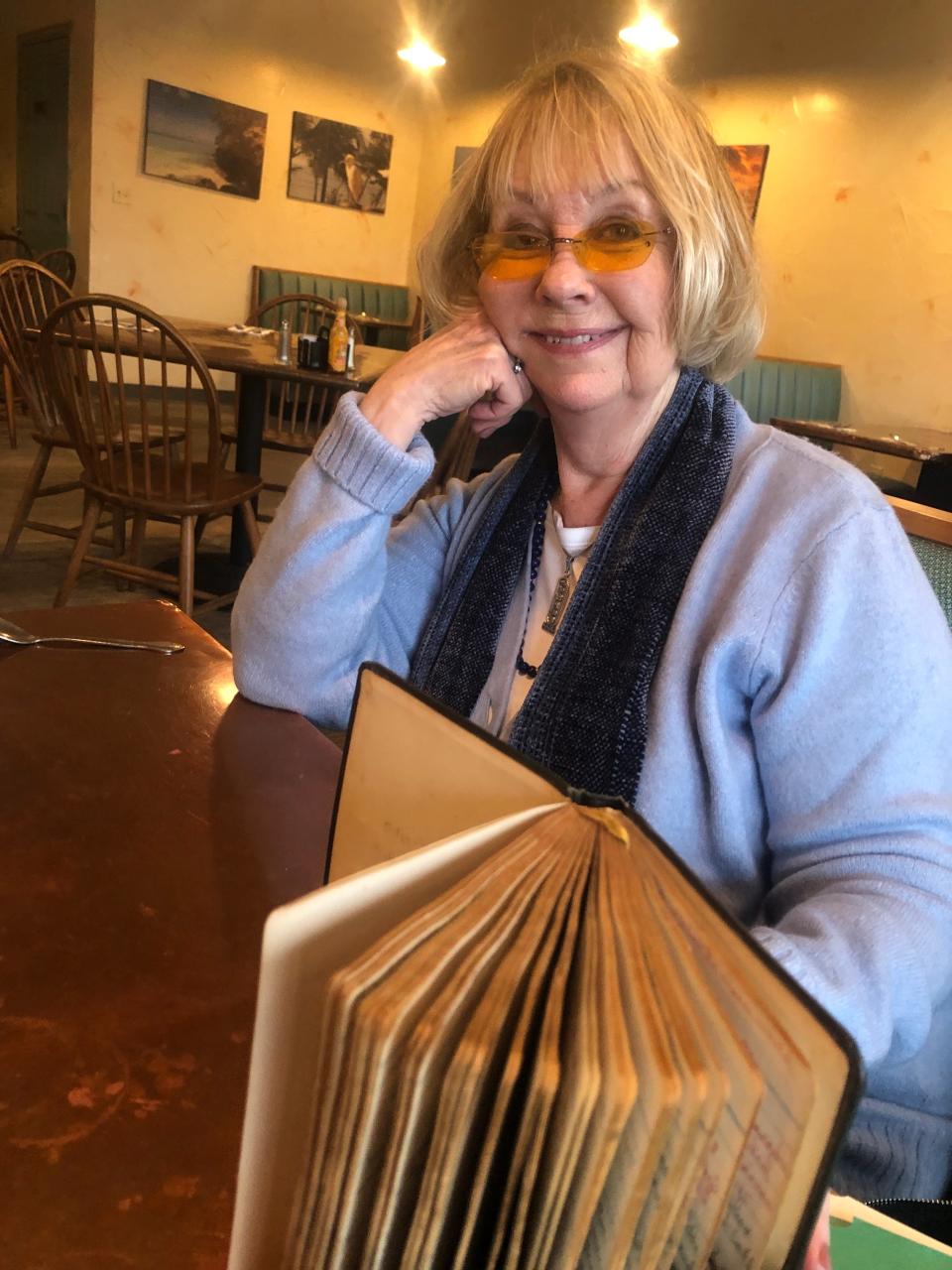
Kersey, who lives in North Hampton, is currently sifting through four, five-year diaries her mother kept.
"I have a dream, to write my mother's story," Kersey said. "It's going to be called 'In My Mother's Handwriting,' based on diaries from 1942 to 1962 which chronicle her life experiences during and after World War II. She died in 1993. She always wanted me to write her story."
The Portsmouth Athenaeum, 9 Market Square, is a membership library and museum founded in 1817. The research library and Randall Gallery are open Tuesday through Saturday, 1 to 4 p.m. Masks are required. For more information, call 603-431-2538 or visit www.portsmouthathenaeum.org.
This article originally appeared on Portsmouth Herald: The Acres: Where everyone in Portsmouth started out

